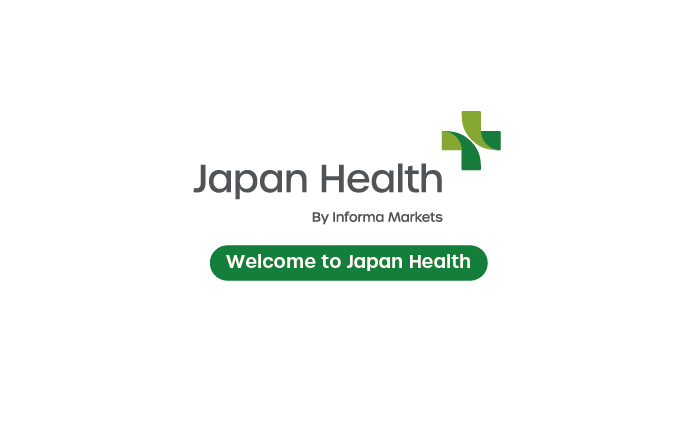Converting from a record system using paper charts to an electronic medical record (EMR) system requires significant amounts of money, time and personnel participation. In the United States, 70 percent of physicians practice in small- to medium-size groups and half of the groups that try to convert to an EMR system do not succeed. Measurements can be made of the process of implementing various operational units, such as laboratory findings, or the results of completed unit conversions on efficiency, patient care, personnel and profitability.
1. List the operational units which have an EMR system in place. This ordinarily ranges from in-house ancillary departments such as pharmacy, radiology and laboratory to full implementation of physician documentation/charting and less frequently to patient access to their records on their computers at home.2. Work with personnel in each unit to determine what they consider the important tasks they want the EMR system in their unit to accomplish. Pharmacy’s primary goal is probably an error-free medication ordering system, since pharmacists know a hand-written prescription system is prone to errors. They may also desire the EMR system to notify the physician if her choice of medication is contraindicated for her patient or if that medication is not in the medical group’s formulary. The coding and billing unit’s goal is having every procedure listed so they can print out all the charges to third-party payors and patients at appropriate intervals without needing to manually code the information.3. Set standards and collect two types of data, numerical (quantitative) and judgment (qualitative). If the paper prescription system produced one error for every 1,000 prescriptions filled, the pharmacists may think a successful EMR system should produce no more than one error in 20,000 prescriptions. Ask the pharmacists, physicians and a sample of patients to respond to a short questionnaire about their perceptions of the system in the pharmacy. Analyze these two sources of data.
Examine medication errors to calculate an average cost. Multiplying this amount by the number of errors reduced ads to the value of the EMR system. Determine the extent to which the EMR system has increased efficiency in the pharmacy and other units and if the efficiencies resulted in greater profit.
4. Prepare a report that documents the assessment findings. Describe other factors you can test for which are not unit specific, such as increased patient safety; physician, staff and patient satisfaction; and faster billing cycles.List results that may not be positive, such as a physician who leaves the group’s practice because he does not wish to use the computer.
(Source)
Post Views: 261






























